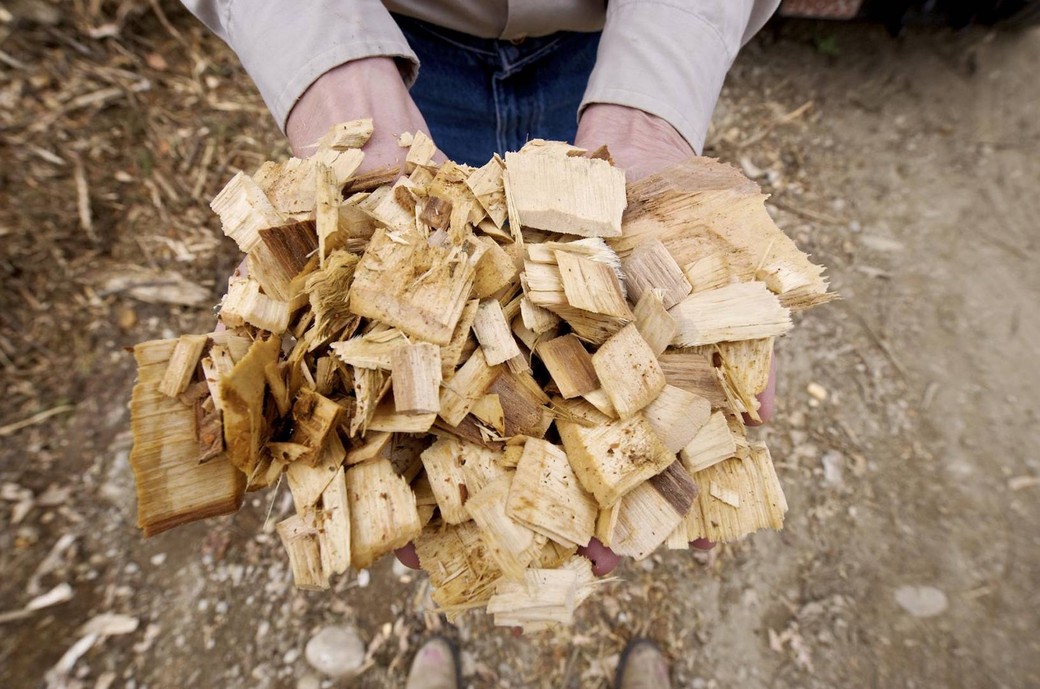
Canada’s Greatest Natural Resource Continues to be Our Biggest Global Advantage
Wood. It’s a well-known fact that it has provided the foundation of human survival, whether as fuel to create heat or as a structure to provide shelter. We owe a lot to trees. As the second-largest country in the world by total area with eight distinct forest regions, Canada’s forests account for 10 per cent of the world’s forest cover, according to Natural Resources Canada (NRCan). That’s roughly about 369.6 million hectares of forest. It’s no wonder the world perceives us as an endless forested land mass.
While China has increased its imports of Canadian lumber significantly, the United States still stands as the largest purchaser of our forest products. NRCan also says that Canada is the world’s leading exporter of softwood lumber, newsprint and pulp, by value. We also lead in forest conservation, as it’s the law that all forests must be sustainably regenerated. Less than 0.2 per cent of our forests are harvested annually.
 “Conservation is a critical issue and we must abide by stringent regulations concerning how much we can harvest, how we actually do it and then how we regenerate the forests,” explained Paul Lansbergen, Vice President, Regulations and Partnerships, Corp Secretary of the Forest Products Association of Canada (FPAC). “Sourcing from Canada is a good thing because we’re continually improving our practices and environmental performance.”
“Conservation is a critical issue and we must abide by stringent regulations concerning how much we can harvest, how we actually do it and then how we regenerate the forests,” explained Paul Lansbergen, Vice President, Regulations and Partnerships, Corp Secretary of the Forest Products Association of Canada (FPAC). “Sourcing from Canada is a good thing because we’re continually improving our practices and environmental performance.”
FPAC advocates on behalf of Canada’s forestry sector on public policy issues, international trade and environmen- tal regulations. According to the association, the forest sector generates approximately $57.8 billion in revenue, accounting for 1.2 per cent of Canada’s GDP, and employes an estimated 593,200 people in logging and manufacturing.
 Wood is a part of our national heritage. In fact, the old $1 Canadian bill had an image of logs rolling down the Ottawa River. Ottawa was a thriving lumber town at the turn of the last century. Michael Giroux, President of the Canadian Wood Council (CWC) also pointed out that in the early 1900s, many tall buildings were constructed from wood. While the practice was abandoned for many reasons, primarily because of major fires, the science has changed enormously, sparking a revival for the use of wood in these buildings.
Wood is a part of our national heritage. In fact, the old $1 Canadian bill had an image of logs rolling down the Ottawa River. Ottawa was a thriving lumber town at the turn of the last century. Michael Giroux, President of the Canadian Wood Council (CWC) also pointed out that in the early 1900s, many tall buildings were constructed from wood. While the practice was abandoned for many reasons, primarily because of major fires, the science has changed enormously, sparking a revival for the use of wood in these buildings.
“There’s a number of new technologies and products that are making these buildings a reality once again,” he said. “For example, cross-laminated timber (CLT) and laminated veneer lumber (LVL) allow us to create these types of structures. We’re committed to introducing five and six storey wood mid-rise buildings in Canada and we’re also looking at the use of more wood in bridge construction.”
 CLT is made from multiple layers of wood, with each layer crossing the direction of the last to increase dimensional stability and strength. LVL is a similar layered wood product that uses thin layers of wood held together with adhesives. The cap for building wooden structures in Canada is currently four storeys, with the exception of B.C. and Quebec. CWC hopes to create even taller buildings at 10 to 12 storeys high. The organization represents Canadian wood manufacturers whose products are used in construction.
CLT is made from multiple layers of wood, with each layer crossing the direction of the last to increase dimensional stability and strength. LVL is a similar layered wood product that uses thin layers of wood held together with adhesives. The cap for building wooden structures in Canada is currently four storeys, with the exception of B.C. and Quebec. CWC hopes to create even taller buildings at 10 to 12 storeys high. The organization represents Canadian wood manufacturers whose products are used in construction.
“We ensure that buildings are constructed safely and in accordance Wood with the National Building Codes,” added Giroux. “By doing that, Canadians can feel comfortable and safe knowing the buildings that use our wood products will perform in the way the codes say they will.”
Taller wood buildings also have many advantages, he noted, as they can be less disruptive in a neighbourhood because the structure can be put together in weeks or pre-fabricated at another site. The process to adopt this idea and other wood innovations into construction projects is slow, however, given that builders are small and also widespread.
“Our building codes change every five years as well, so there are syste- matic reasons for adopting change slowly,” explained Giroux. “Above all else, we want to make sure health and safety is always paramount.”
A considerable amount of research is underway in the industry as more and more wood hybrid products are created, including the use of wood fibre mixed with concrete.
“That has uses for creating beams or posts for bridges and buildings that are lighter and more sustainable for construction,” added Lansbergen. In terms of R&D the industry invests roughly $103 million for pulp and paper alone. $12 million goes for forestry and logging and wood products manufacturing research totals about $90 million.
Wood is big business. It’s not only a part of our history, but also a big part of our future. As we look to developing more innovative wood products, we will likely see our country continue to be a leading force.
“We are using a building material that is grown by the sun, renewable by nature and comes from sustainable managed forests in Canada,” said Giroux. “It’s the only major building product in Canada that sees people involved at all levels—it’s truly the only product you can say is really unique to Canada and Canadian- owned.”













